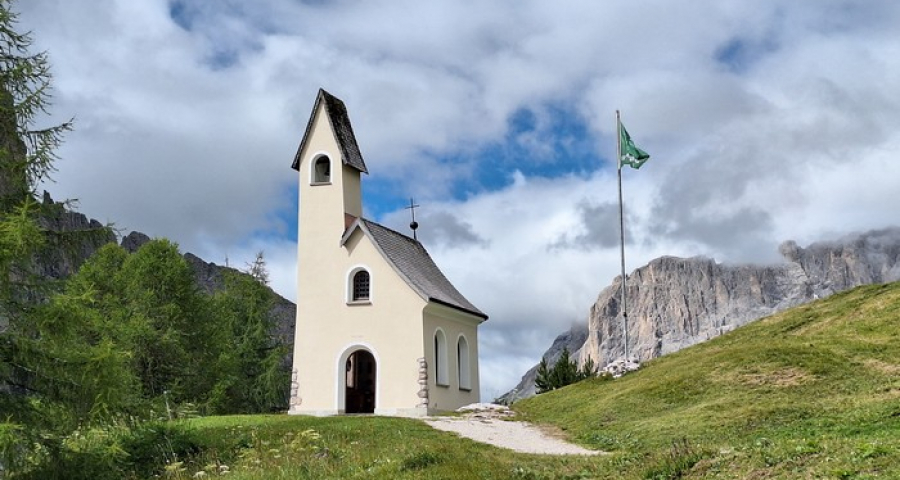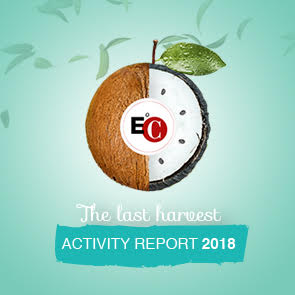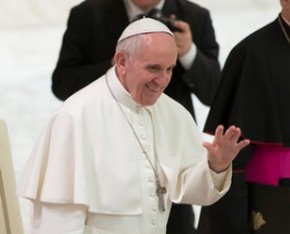The use of consultants to reorganize religious life introduces criteria and models into communities that distance them from the primacy of charisma. With a dangerous metamorphosis.
by Luigino Bruni
published in Avvenire on August 10, 2025
For many centuries, Christian charisms have offered ideas and categories to civil life. Monks, nuns, and friars have written municipal statutes, advised princes, merchants, and bankers, and invented universities and hospitals. In recent decades, the cultural and social creativity of charisms has greatly diminished. Partly due to its failure to engage with the modern spirit, Christian culture has entered a dark and silent night, where we ask the prophet: ‘Watchman, how much of the night remains?’ (Isaiah 21:11). In this long famine of thought and spirit, the representatives of the winning paradigm, business, are entering en masse into ecclesial communities, where they would like to teach how to govern, how to relate to one another, even spirituality. Businesses have borrowed spirituality from the world of religion, adapted it to corporate ends, distorting it (spirituality knows only intrinsic value); and the spirituality that is now returning to the religious world is one that has been ‘genetically modified’ by its passage through business. But we like it all the same, perhaps even more.
A crucial area where the presence of business in religious communities is particularly strong is that of ‘leadership’, the first dogma of the new capitalist religion. There is, in fact, an elective affinity between the religious world and leadership. Religious life began in the past as a hierarchical society, with members divided into superiors and subjects. The world then changed, the hierarchical vision collapsed, creating a real vacuum that takes various forms. The first is ‘anarchy’, a ‘do-it-yourself’ community where everyone has their own interpretation of charisma. Others react with a nostalgic return to the hierarchy and ‘radicalism’ of the past, and the damage is perhaps even greater. Finally, more and more people are turning to consultants and leadership as a simple solution: just transform the superior into a leader to save both tradition and the modern spirit. If new adjectives are then added to the noun leadership, the conquest is complete: ethical, compassionate, inclusive, authentic, responsible, loving, Ignatian, Benedictine, Jesus-like, Franciscan, ‘servant’, ‘caring’, ‘graceful’ leadership, etc. Every day, we work on the adjectives without questioning the noun (leadership), where the flaw lies. But nothing conquers the soul of the religious world more than spiritual leadership, the new capitalist cult in mystical garb that is invading communities, movements, and synods, where it is welcomed with the same enthusiasm with which the Aztec king Montezuma welcomed Cortés.
Imagine Sister Antonia, prioress of a Benedictine monastery in crisis. The decisions of the chapter are met with increasing difficulty by the nuns. Subgroups are formed, conflicts creep in, individualism arises, murmurs are heard, and enthusiasm and joy decline. Sister Antonia is losing confidence and hope. She goes to read the old constitutions and finds language and words that seem distant to her. One day, a nun suggests turning to an agency specializing in governance and leadership, with expertise in consecrated life. The work begins, and after three weeks, the consultants identify the core of the problem: the prioress is still seen as a “superior,” and a transformation into a “spiritual leader” is needed, according to the following principles: (1) the spiritual leader does not need hierarchy, because inner consensus and the free adherence of followers arise from the “charisma of the leader”; (2) they must possess “higher levels of ethical values” (Oh & Wang, 2020); (3) Furthermore, “they must be attractive, credible, and seen as a moral model” (Brown, Trevino, and Harrison, 2005). Sr. Antonia is a little lost at first—she wonders, "Do I have all these qualities?‘ - but then the consultants convince her, showing her that spiritual leadership is more egalitarian and gentle than the founders’ rules. But is this really the case? Let's say right away that the real problem with these changes is not their failure but their success: often the metamorphosis succeeds, but instead of flying like a butterfly, one wakes up in Gregor Samsa's bed (Kafka).
The first misunderstanding about leadership lies in the word itself. Its philosophy is built on the distinction between those who lead (leaders) and those who are led (followers). No theory of leadership can question this dualism, even when it explicitly states that it wants to overcome it. Leadership is, in fact, in itself a hierarchical and positional concept—just think of the popular use of the word in sports: ‘race leader,’ 'leader corner'...
Then there is a second, decisive problem. Every theory of leadership necessarily implies an emphasis on the leader as an ethical and spiritual model for followers: the leader must become the reference point for his followers. And so something fundamental is forgotten: in monasteries and convents, the leader is not the abbot or the abbess, but the rule and the charisma. The abbot is the first follower. Woe betide the day when some monk in a monastery thinks he has to follow a leader, a person other than Christ, who reminds us forcefully: ‘Do not be called guides’ (Mt 23:10). The secret of the longevity of the charism of the monastic world lies in the absence of leaders, which distinguishes it from the movements and new charismatic communities of the 20th century. In these, in fact, the founder closely resembles the “charismatic leader” described by Max Weber, where everything and everyone depends on the person of the leader. The leadership of the founder is essential for the birth of these movements, but those that have managed to overcome the founding phase have had to move from personal leadership to a government detached from the characteristics of one or more individuals. The leadership of the founder is the great legacy of charismatic movements, but it is also their great vulnus. When, on the other hand, movements think they can overcome the post-founder crisis by treating the president as a leader, i.e., as the founder, they encounter fatal difficulties. The wisdom of communities after their founders lies above all in knowing how to transform governance into a post-leadership model, where it is possible to stay together not by conforming and following a new leader but on the basis of the charisma of each and every one. This is a truly radical change.
This brings us to a third issue. Leadership theories forget that the sisters in a community are not followers of the prioress, even if she is the most spiritual and ethical person in the universe: instead, they each follow the rule, the charisma, and the vocation (which is a way of following Christ), and each obeys the best part of herself. To imagine that communities can be designed as a dynamic of spiritual leaders and followers is to lose the profound meaning of charisma and community. When leadership experts arrive, they reproduce the dichotomous vision of leaders and followers, and without meaning to (it is their job), they lead the community in the wrong direction. Working for years with Paolo Santori on leadership, I have become convinced that it is increasingly harmful even for businesses, but it is truly devastating in religious life. Because while in companies you go home in the evening and everything is put into perspective, in communities you don't go out in the evening, and if those in charge are given a sacred anointing, the hierarchy becomes more totalizing and dangerous than the old one, where at least there were limits, boundaries, and counterweights to the abbot's authority.
What, then, could Sister Antonia and her community do? First of all, recognize the crisis, do not deny it, call it by name, and let its angels and demons come out. Then welcome it into your home and celebrate with your new guest. They should listen to the crisis thoroughly, letting it speak and shout, because it has precious things to say hidden beneath the shell of pain and fear. Then they should begin to listen to one another, without haste. They should pray the Psalms, Job, the Song of Songs, because centuries, millennia of daily contact with Scripture are an infinite heritage, including for governance and relationships during crises. Then Sr. Antonia will do her part, each will do hers, and all with equal dignity, honor, and respect. She will not feel herself to be the spiritual leader of her sisters, she will not present herself as a moral or spiritual model for others. She will be fragile and full of limitations like everyone else, but she will continue to believe in the spirit and charism—this is the Christian hope—and she will live her transitory task solely as a service. She will simply play her part in a collective ‘game’, her step in a communal ‘dance’. This is also because, if we really look at the Bible, the people chosen for the most important tasks - from David to Moses, from Esther to Peter - were the least suited to be spiritual models to follow: they were chosen because they were not up to the task—inadequacy is the ordinary condition of biblical kings and prophets, and aware of this, they pointed to the Law (the Torah) as their ‘leader’.
Sometimes a solution will come, always temporary. Other times, we will have to live with the non-solution, as we all do in families, institutions, and businesses. Because the business of living is a growing, gentle coexistence with limits, imperfection, and inadequacy. Until the end.








